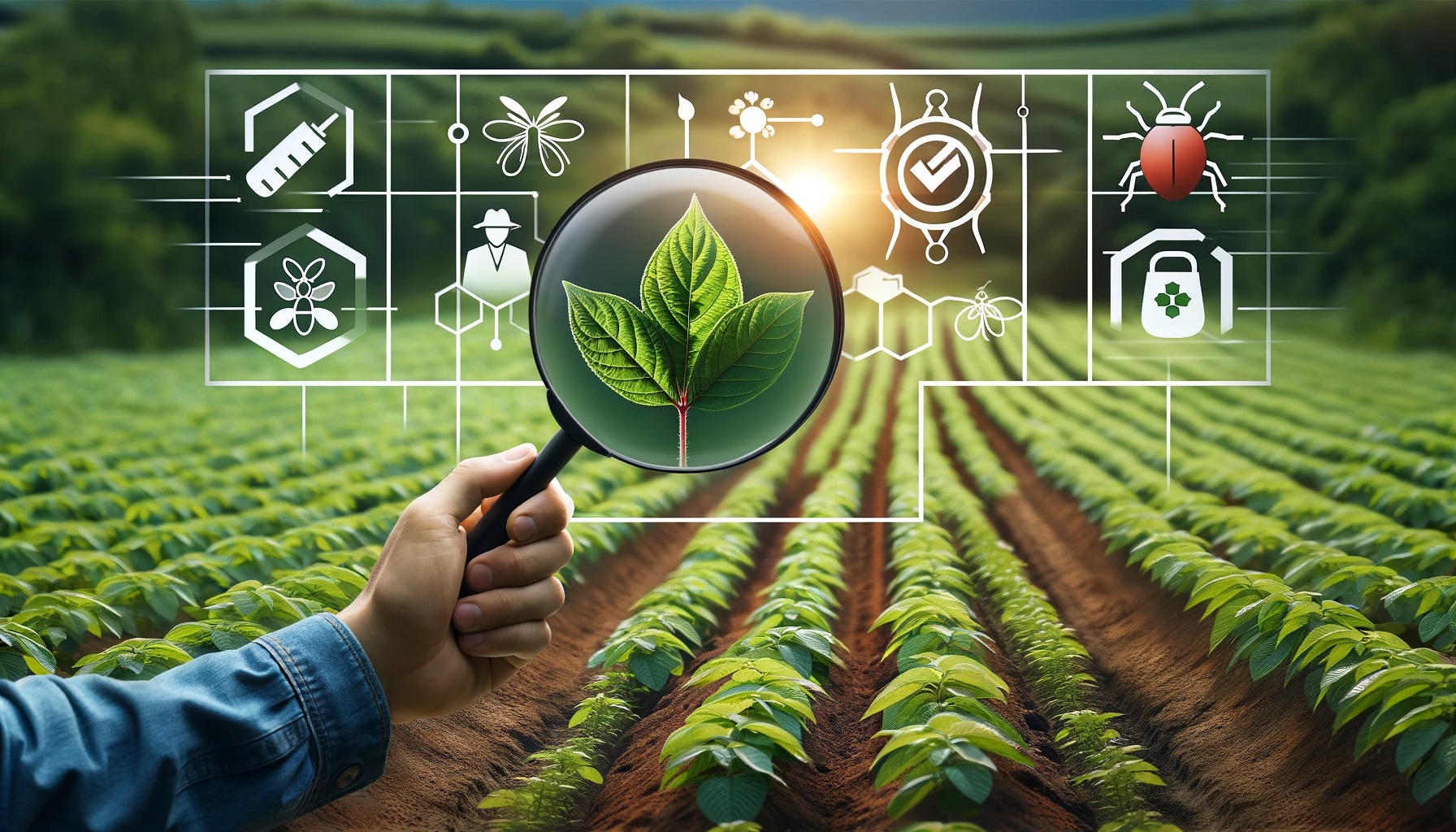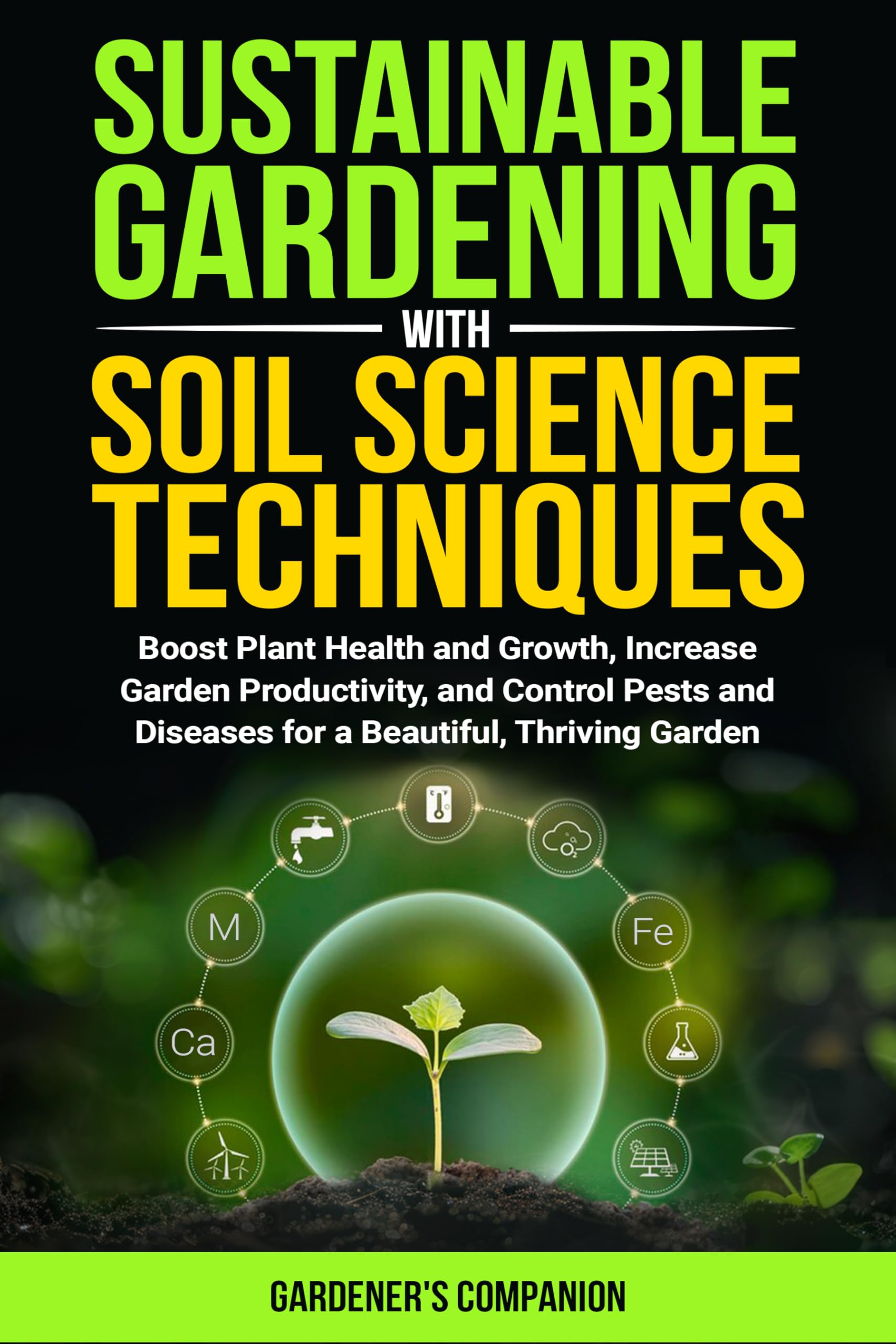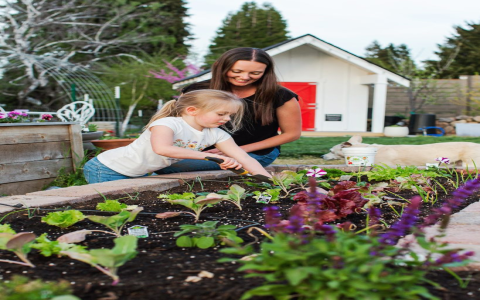In the realm of gardening, pests and diseases often pose as uninvited guests, threatening the health and beauty of our cherished plants. Yet, rather than viewing them as adversaries, a shift in perspective can transform our approach to pest and disease management into an art form—one that harmonizes with nature’s cycles and fosters sustainable growth. This article explores unique strategies for mastering over pests & diseases, emphasizing prevention, natural remedies, and a holistic understanding of plant health.
Understanding the Ecosystem

First and foremost, recognizing that gardens are intricate ecosystems is crucial. Each plant, insect, and microorganism plays a role, and disrupting this balance can lead to pest infestations or disease outbreaks. By fostering biodiversity—planting a variety of species that attract beneficial insects like ladybugs and lacewings—we create a natural defense system. These predators help keep pest populations in check without resorting to harsh chemicals.
Prevention is Key
A proactive stance is far more effective than reactive treatments. This begins with soil health, as robust root systems are the foundation of disease resistance. Incorporating compost, mulching, and practicing crop rotation improves soil structure and nutrient availability, enhancing plants’ innate ability to ward off pathogens. Additionally, maintaining proper spacing between plants ensures adequate air circulation, reducing humidity levels that favor fungal growth.
Natural Remedies: The Power of Plants
When pests or diseases do arise, turning to nature’s pharmacy offers gentle yet effective solutions. Neem oil, derived from the neem tree, acts as a powerful insect repellent without harming beneficial insects. Garlic and chili pepper sprays can deter aphids and other soft-bodied pests. Moreover, companion planting leverages the synergistic relationships between plants. For instance, planting marigolds near tomatoes can repel nematodes and enhance soil health.
Monitoring & Early Detection
Regular inspection of plants is vital for early detection. Identifying the signs of stress or infestation promptly allows for swift intervention, often limiting damage and preventing the spread. Keeping a journal of observations can help track patterns and predict potential issues, enabling a more informed response.

Embracing the Challenge
Ultimately, mastering over pests and diseases is not just about eradicating problems but about nurturing a resilient garden ecosystem. It’s about understanding that each challenge presents an opportunity to learn, adapt, and innovate. By adopting a holistic and proactive approach, gardeners can create vibrant, thriving spaces that not only resist pests and diseases but also contribute positively to the environment.
In conclusion, gardening with a focus on sustainability and ecological balance transforms the fight against pests and diseases into a journey of discovery and connection with nature. By embracing these principles, we cultivate not just plants, but a deeper understanding of the intricate web of life that supports and sustains us all.




















